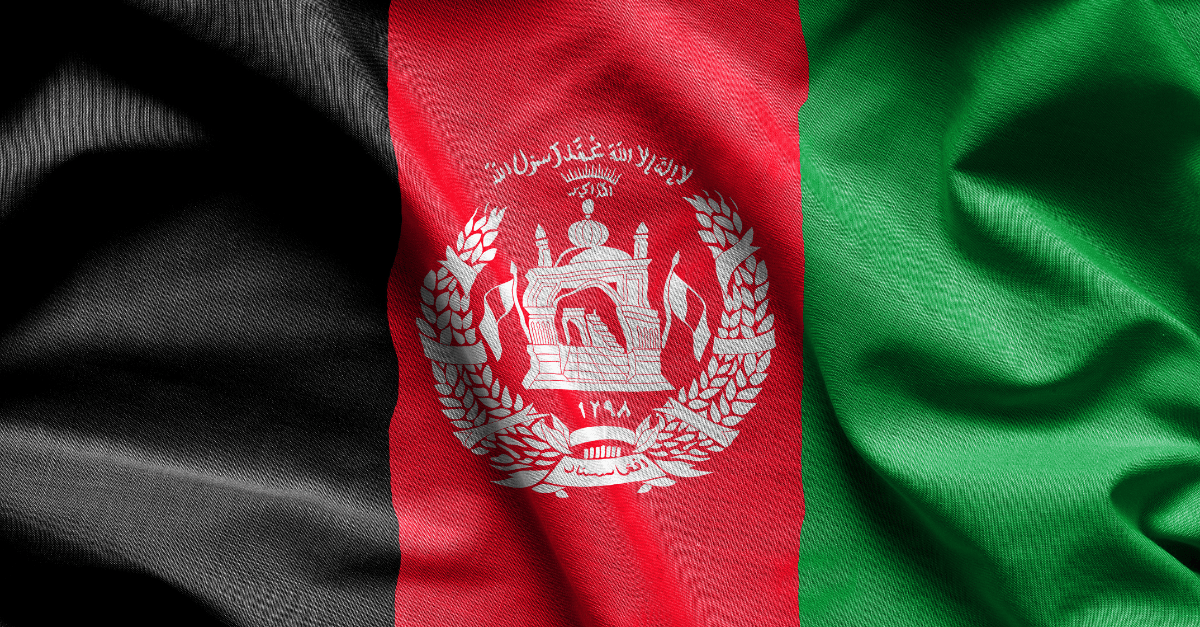The Kremlin has long been in consultations with the Taliban leadership in order to prepare for the eventual withdrawal of US forces from Afghanistan, focusing on protecting the borders of Central Asian states, countering drug smuggling, and combating the Islamic State. In July, a delegation from the Qatari Taliban office came to Moscow for talks, while Russian diplomats have met with Taliban leaders in Qatar on several occasions in the past year. The countries bordering Afghanistan—Tajikistan, Uzbekistan, and Turkmenistan—have all strengthened their borders, vowing to limit the influx of refugees, and have been in talks with the Taliban leadership, while Russia has conducted military exercises in Tajikistan to support border security.
Our View
Destabilization and further internal violence are almost assured in Afghanistan, with only the extent and duration of the violence in question as well as the ability of external forces such as Russia, China, and Pakistan to help maintain stability or simply limit spillover. The Taliban have the difficult task of transitioning from an insurgency into a unified governing body that is able to gain legitimacy across the population while fending off deep internal personal, ethnic, tribal, and ideological factions as well as threats from other jihadist forces in ISIS-K and others. Amid such uncertainty, Russia and Central Asian countries fear the spread of refugees displaced by poor governance and violence, terrorism beyond Afghanistan’s borders, and a further uptick in the opium trade. These threats are concerning but should be limited. After having lost control of the country for 20 years, as well as its core leadership and many fighters, on account of its decision to harbor al-Qaeda and other terrorist groups in advance of 9/11, the Taliban are now highly incentivized to avoid providing support for these groups’ global jihadist ambitions and govern more effectively, with external powers likewise invested in assuring these outcomes. At least initially, the country is likely to attract aspiring jihadists from Central Asia into its territory, though over time the risk of terrorism in Central Asia and Russia will rise. However, akin to the aftermath of the Syrian War, when fears of returning Central Asian fighters equipped with experience and weapons would spread terrorism across CIS, this threat will remain relatively low. An influx of refugees is inevitable but should be limited as migrants seek different destinations (Iran onto Turkey, and Pakistan) than CIS countries, while regional security and border forces have been strengthened and further bolstered by Russia’s strong involvement, particularly in Tajikistan where it has a military base.
Business Implications
Security concerns in the region may mildly dampen economic sentiment in Central Asia, as the situation in Afghanistan remains highly unstable for the foreseeable future. However, no notable impact on currencies or overall economic growth in Russia or CIS markets should arise from the threats of refugees, terrorism, or increased drug trade.
At FrontierView, our mission is to help our clients grow and win in their most important markets. We provide the research, data, and insights you need to outperform the competition. Subscribe to our weekly newsletter The Lens published by our Global Economics and Scenarios team which highlights high-impact developments and trends for business professionals. For full access to our offerings, start your free trial today and download our complimentary mobile app, available on iOS and Android.

